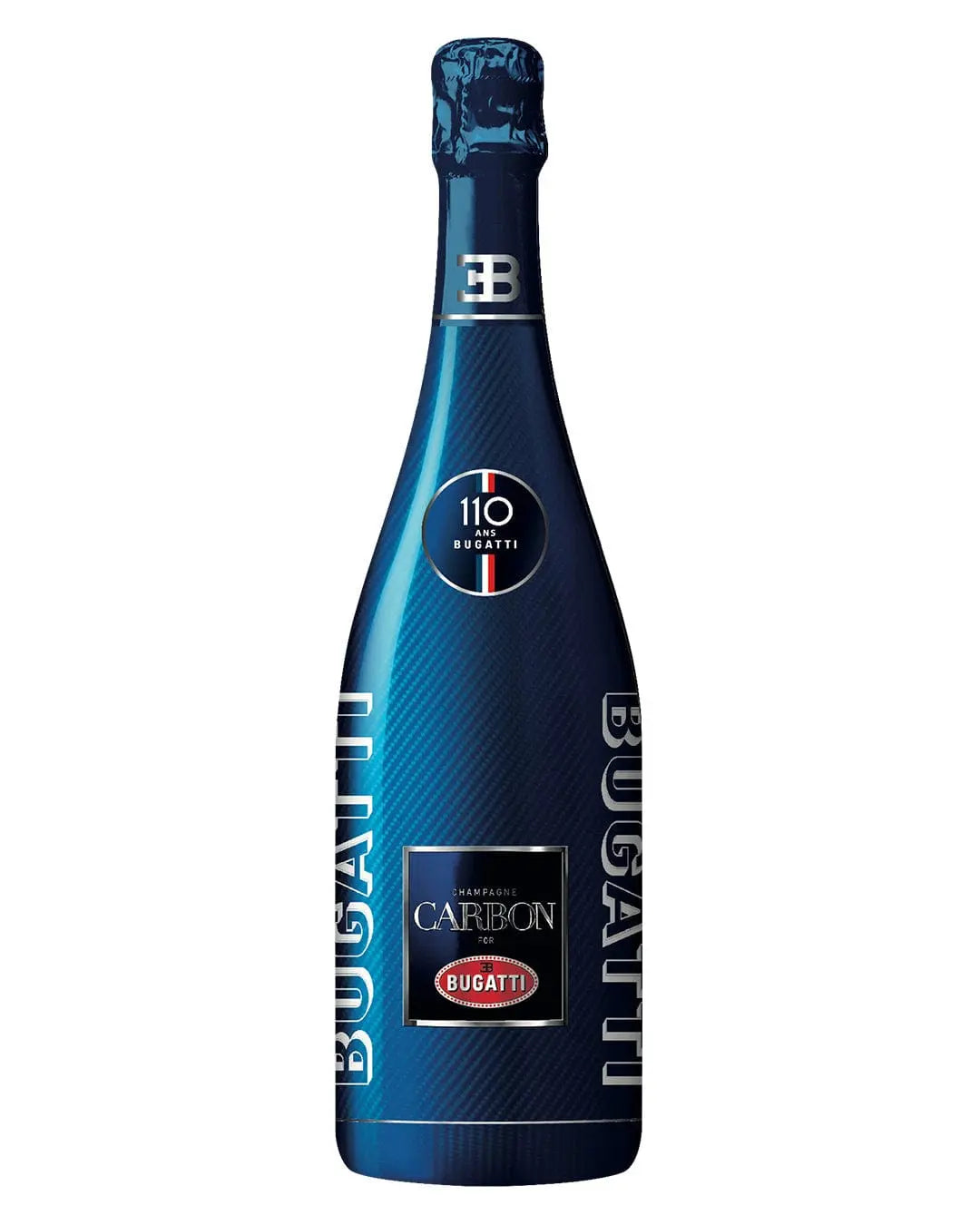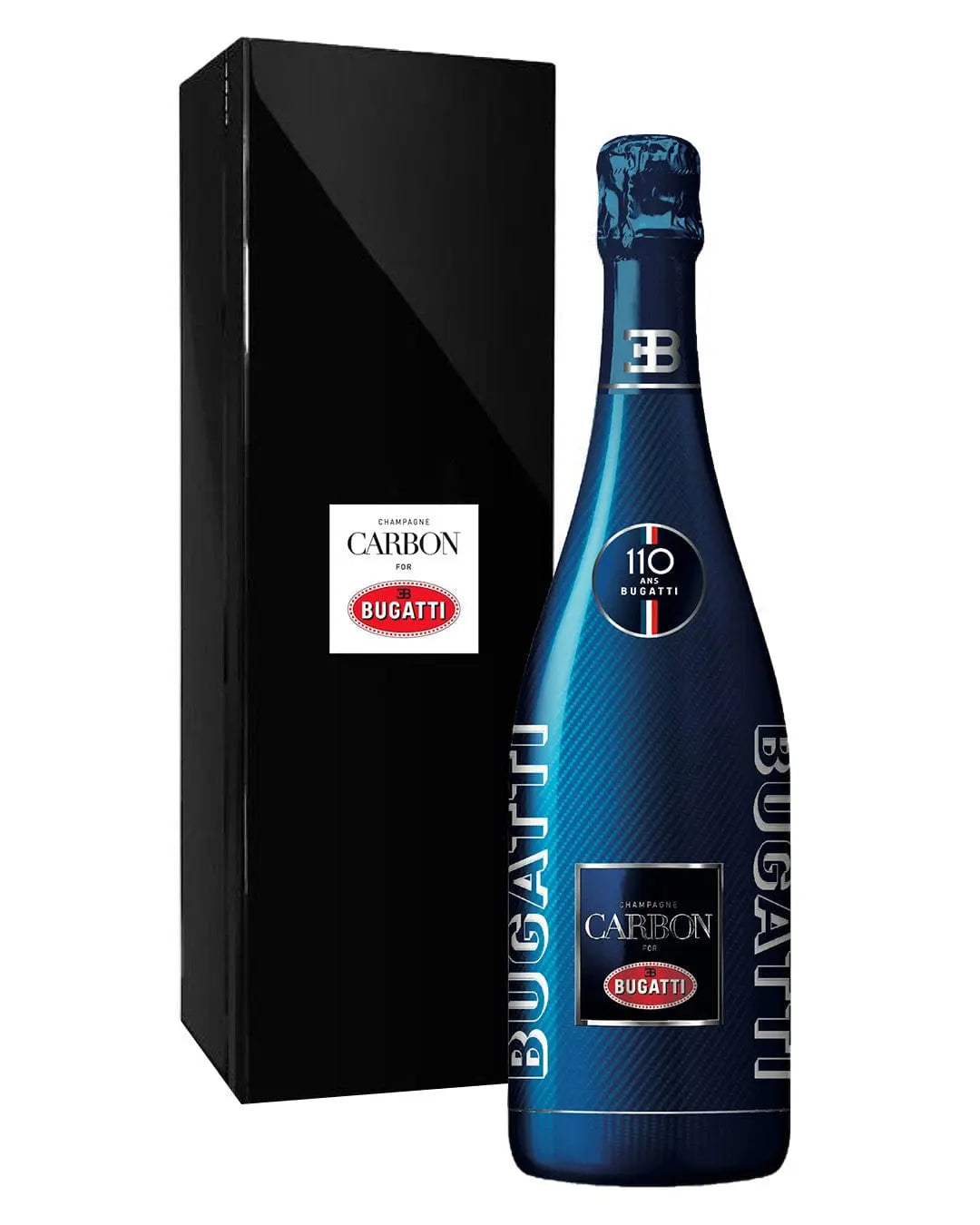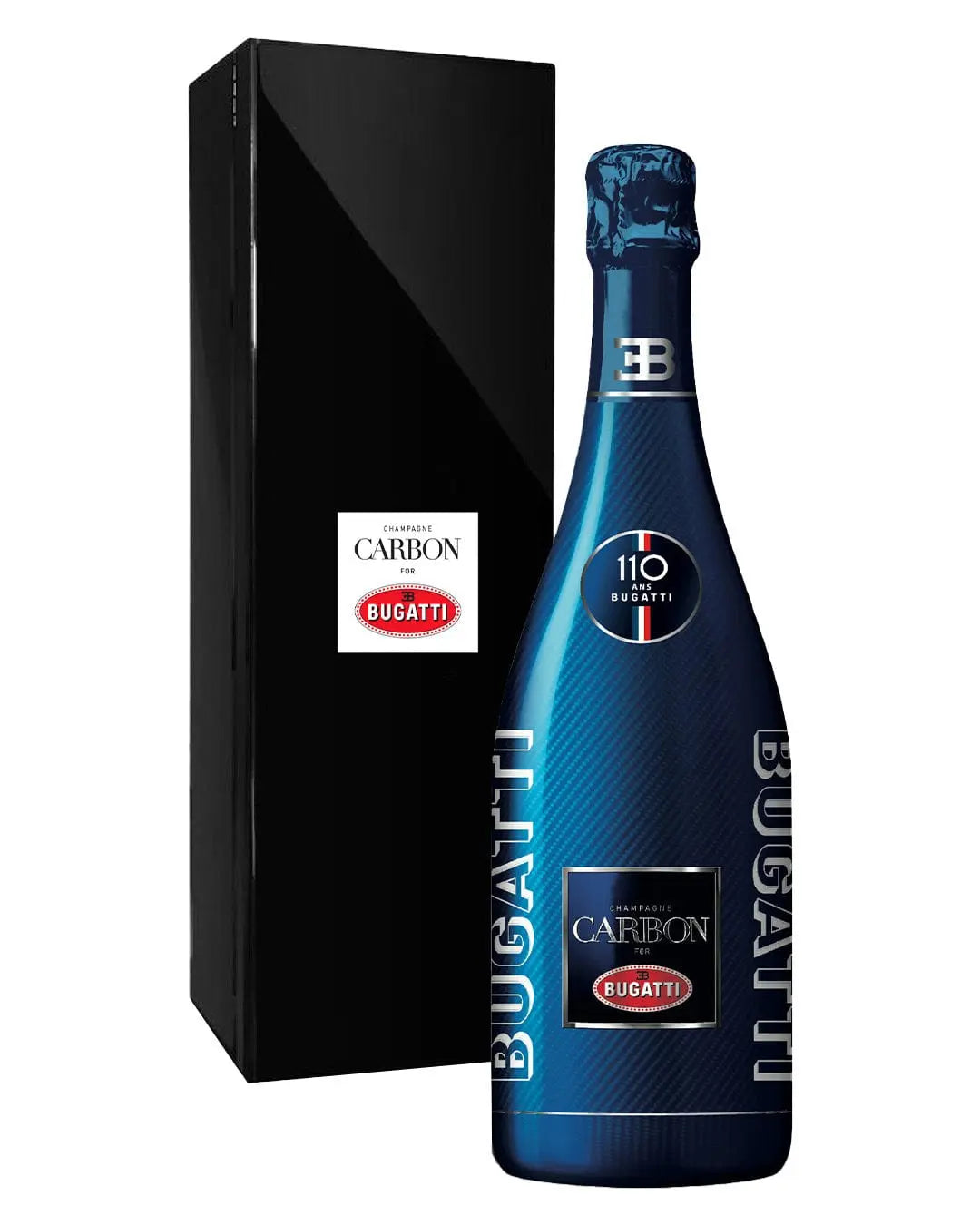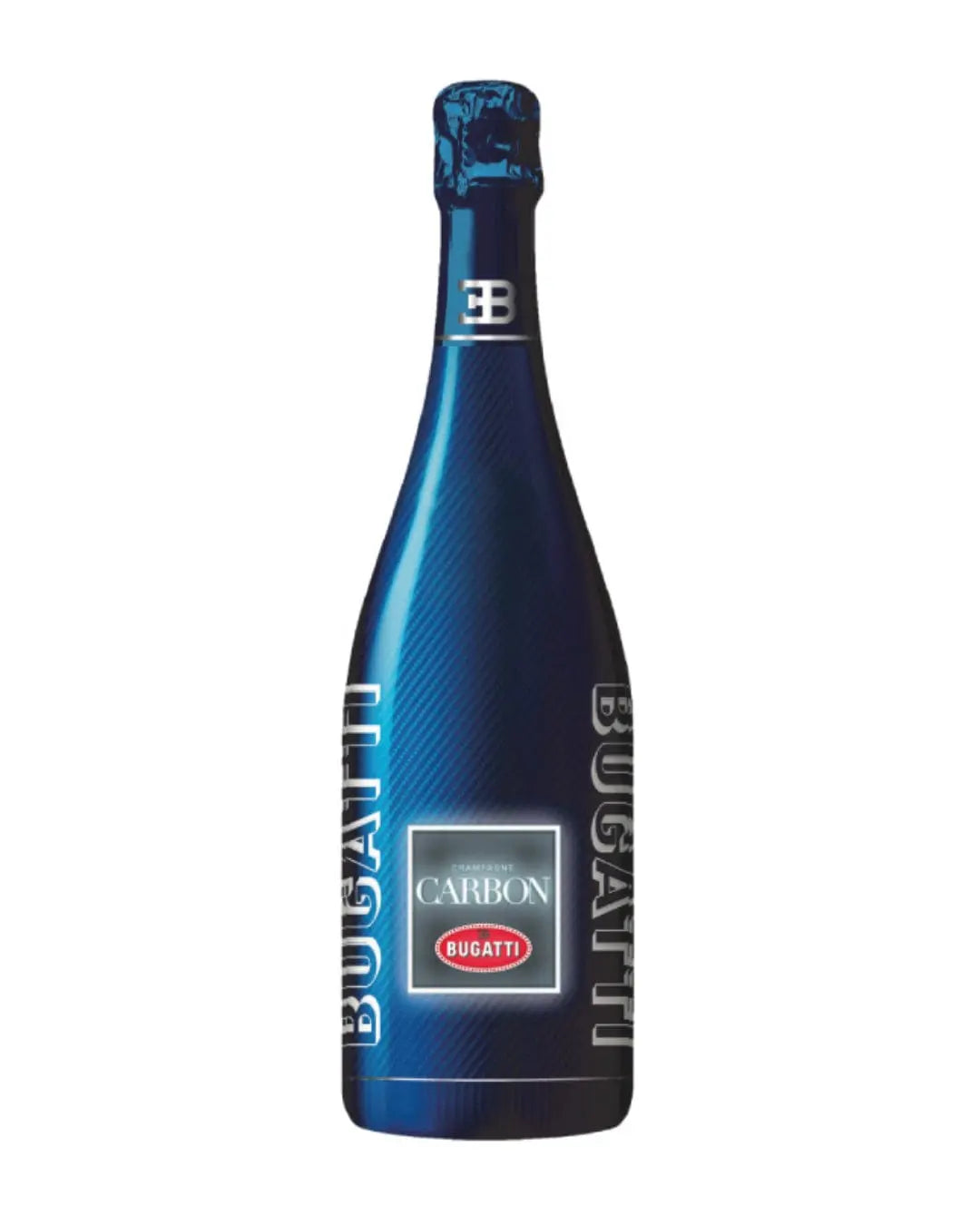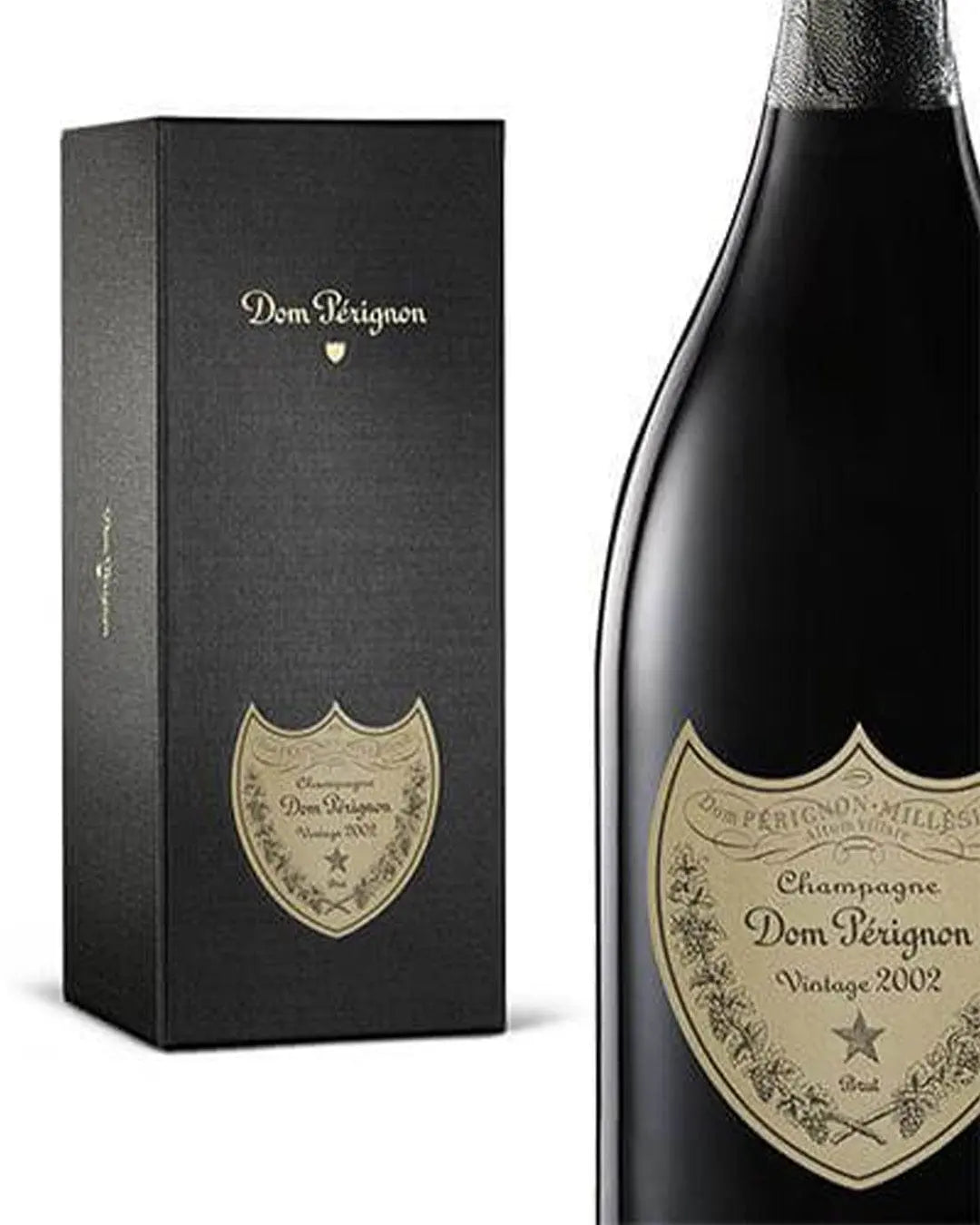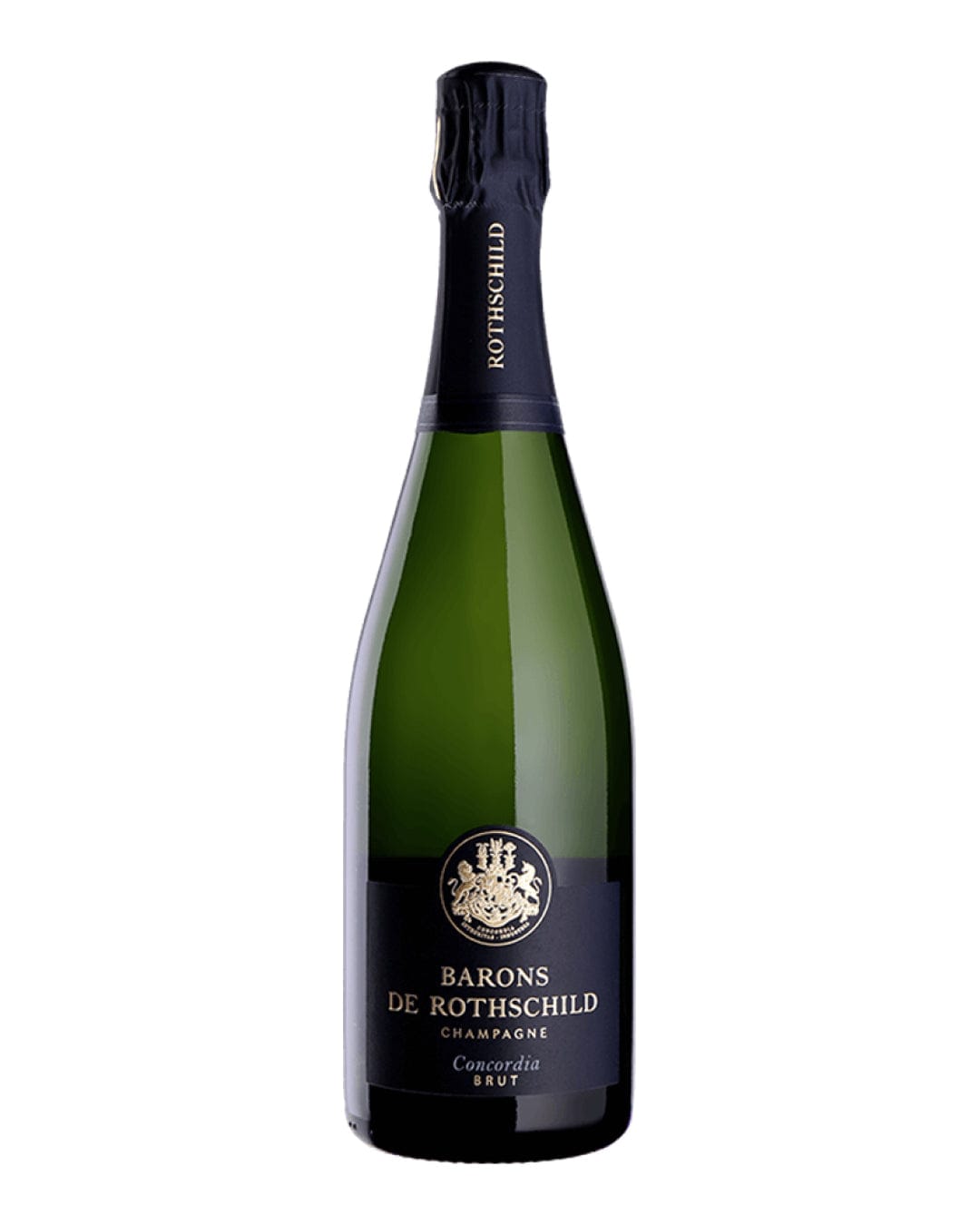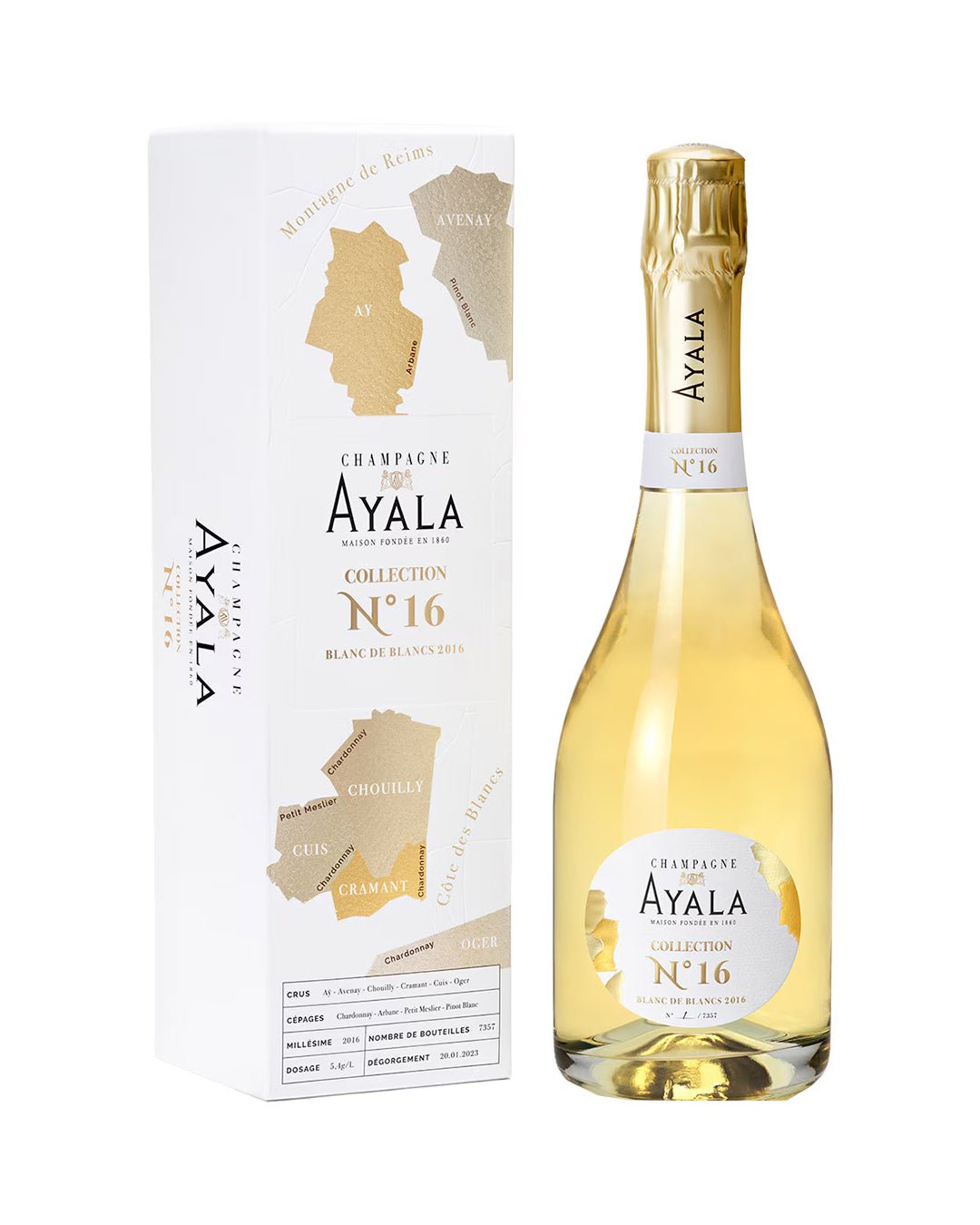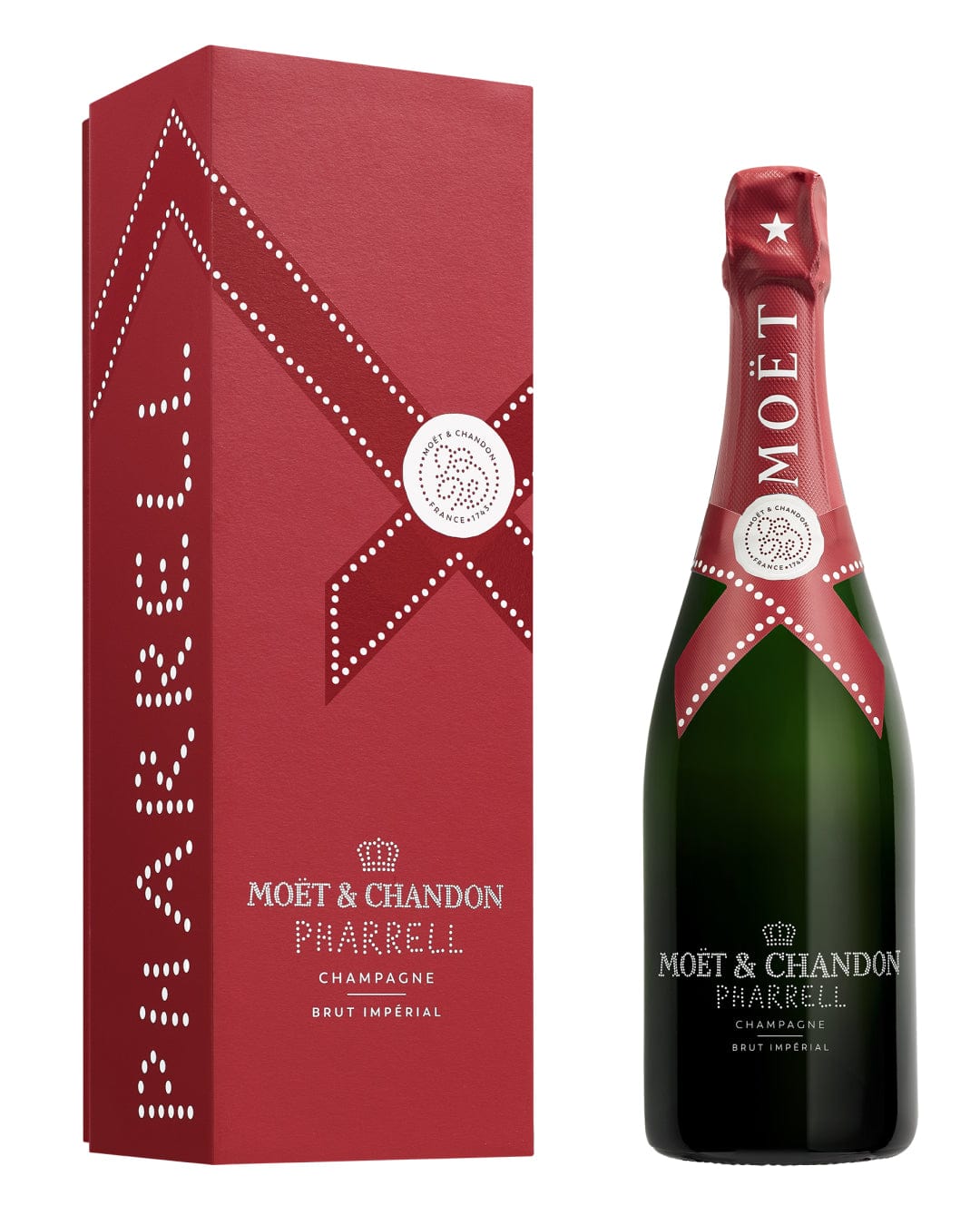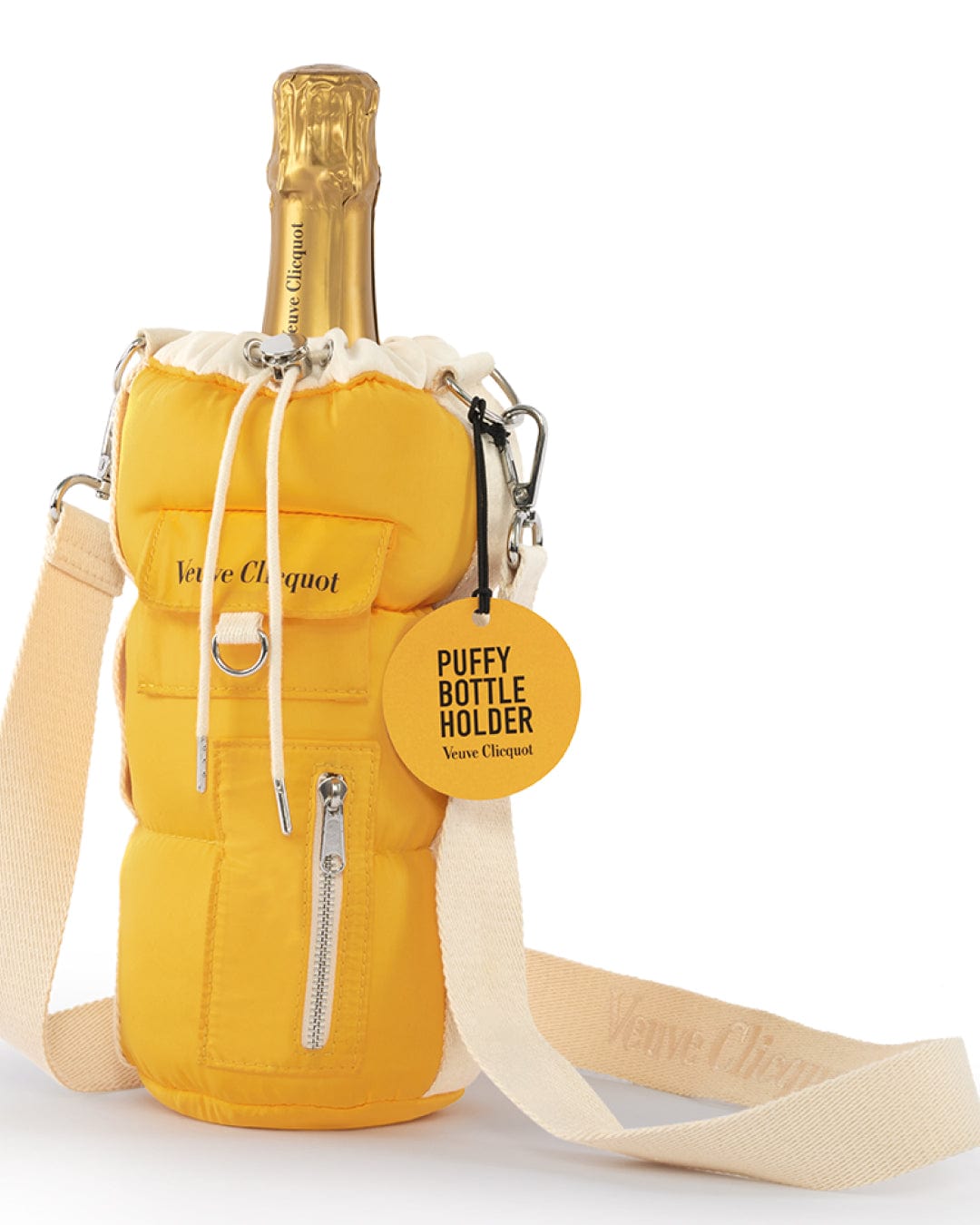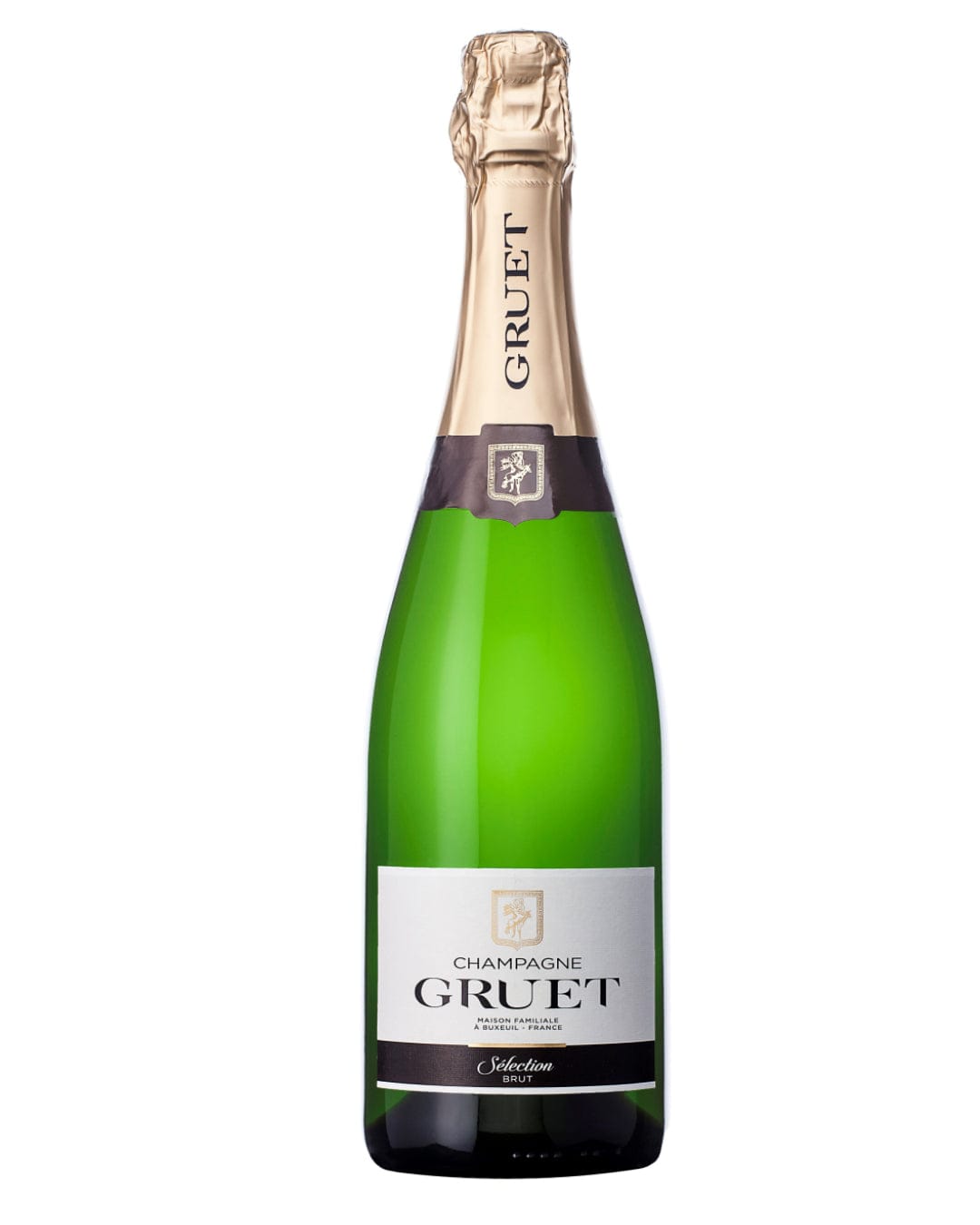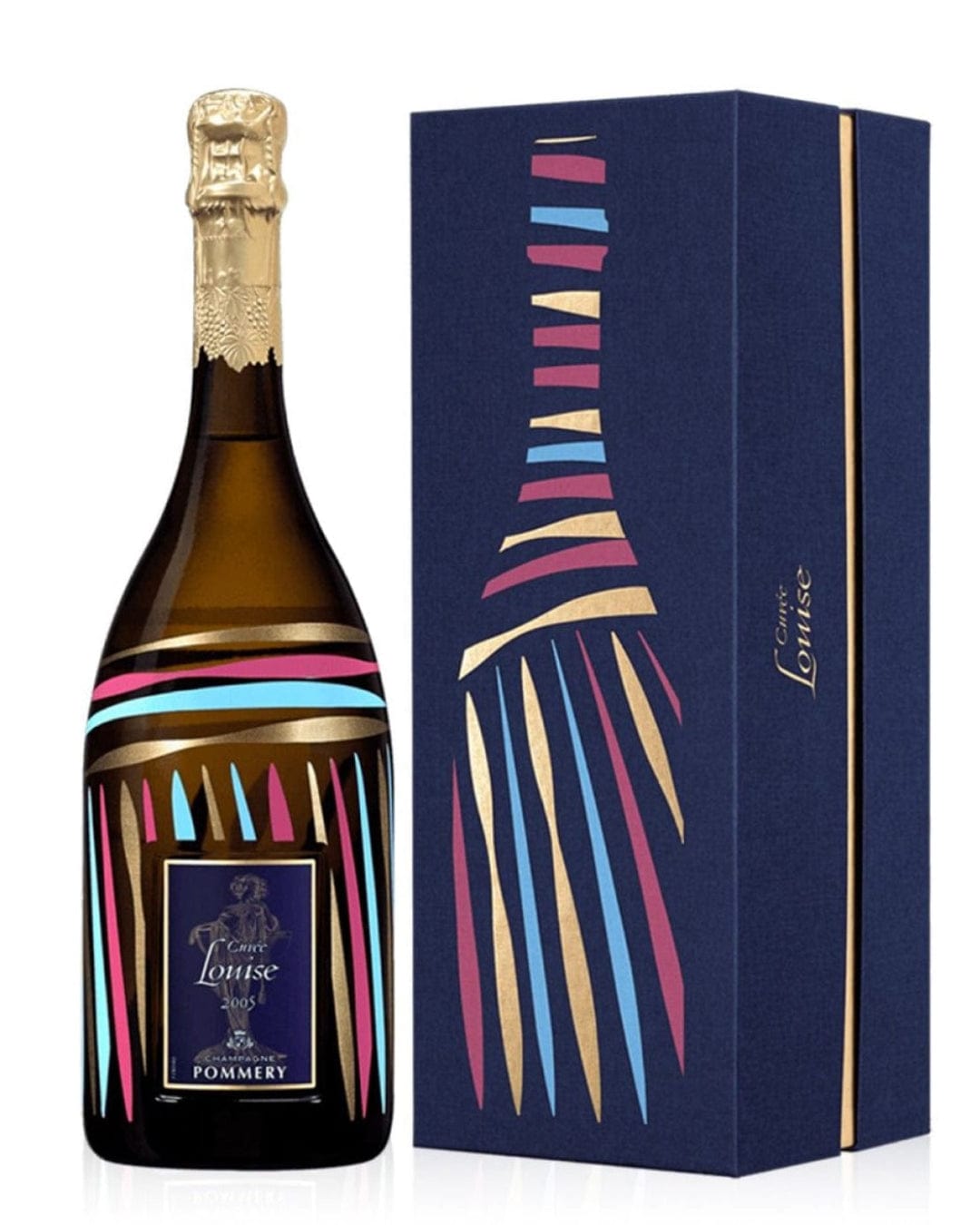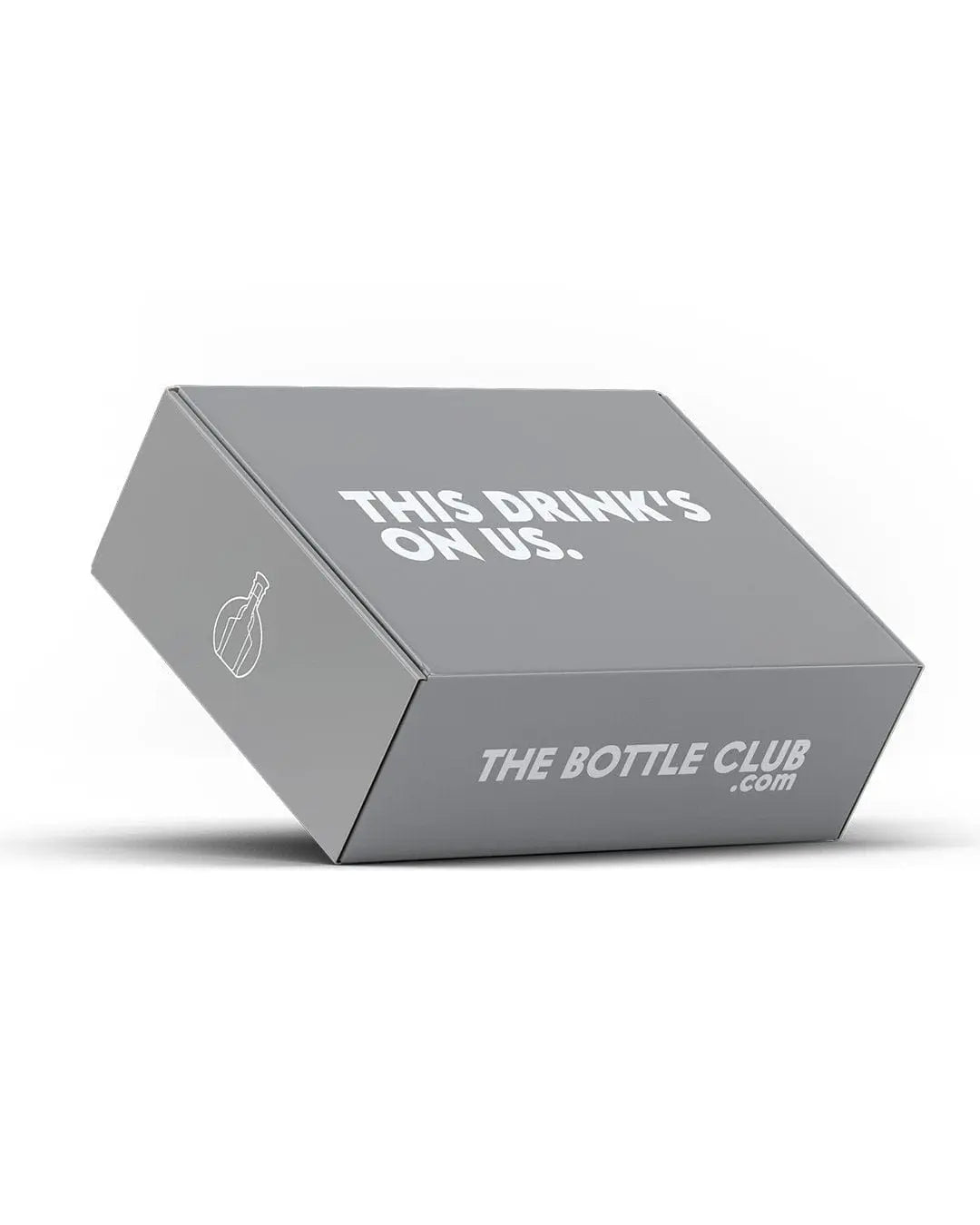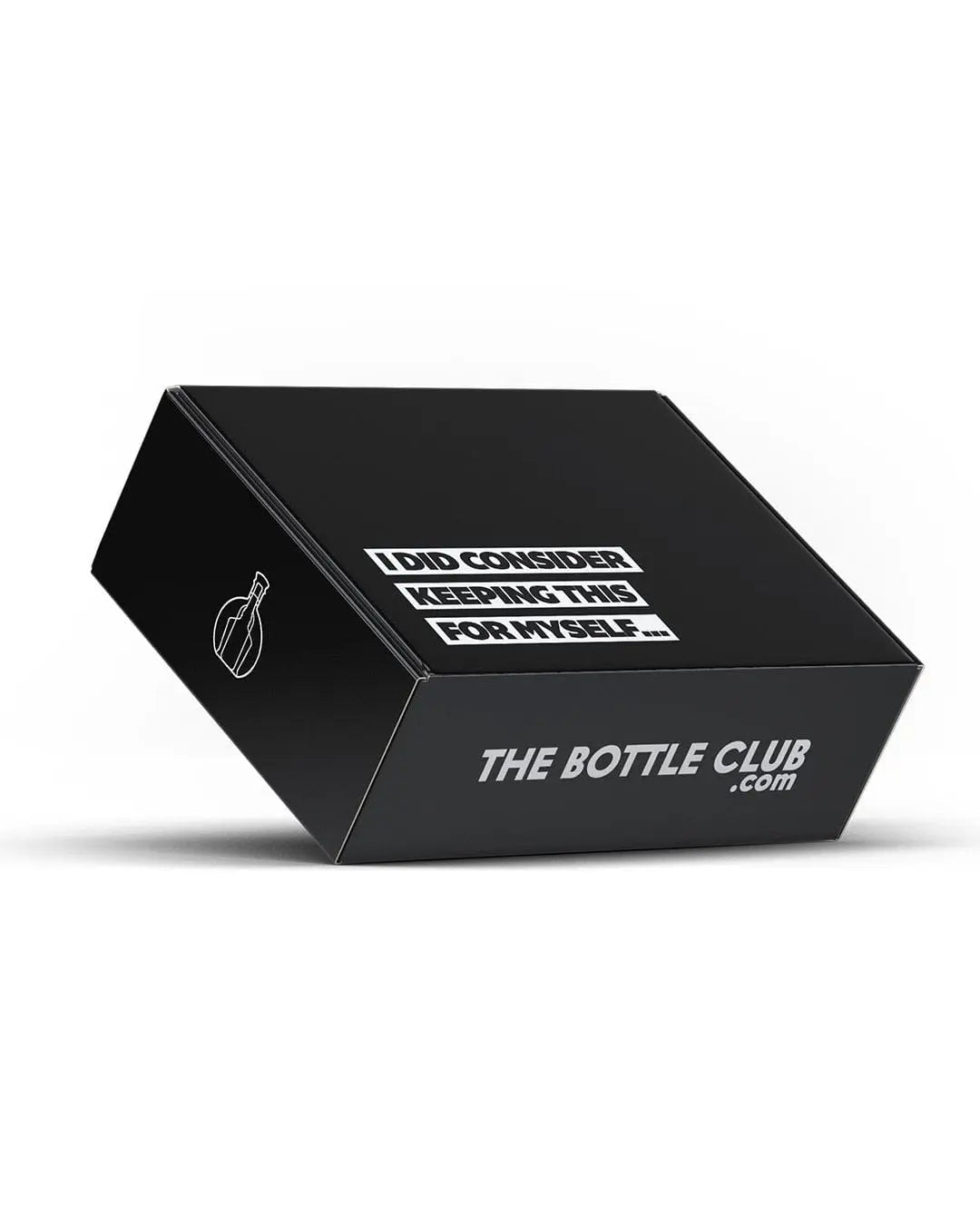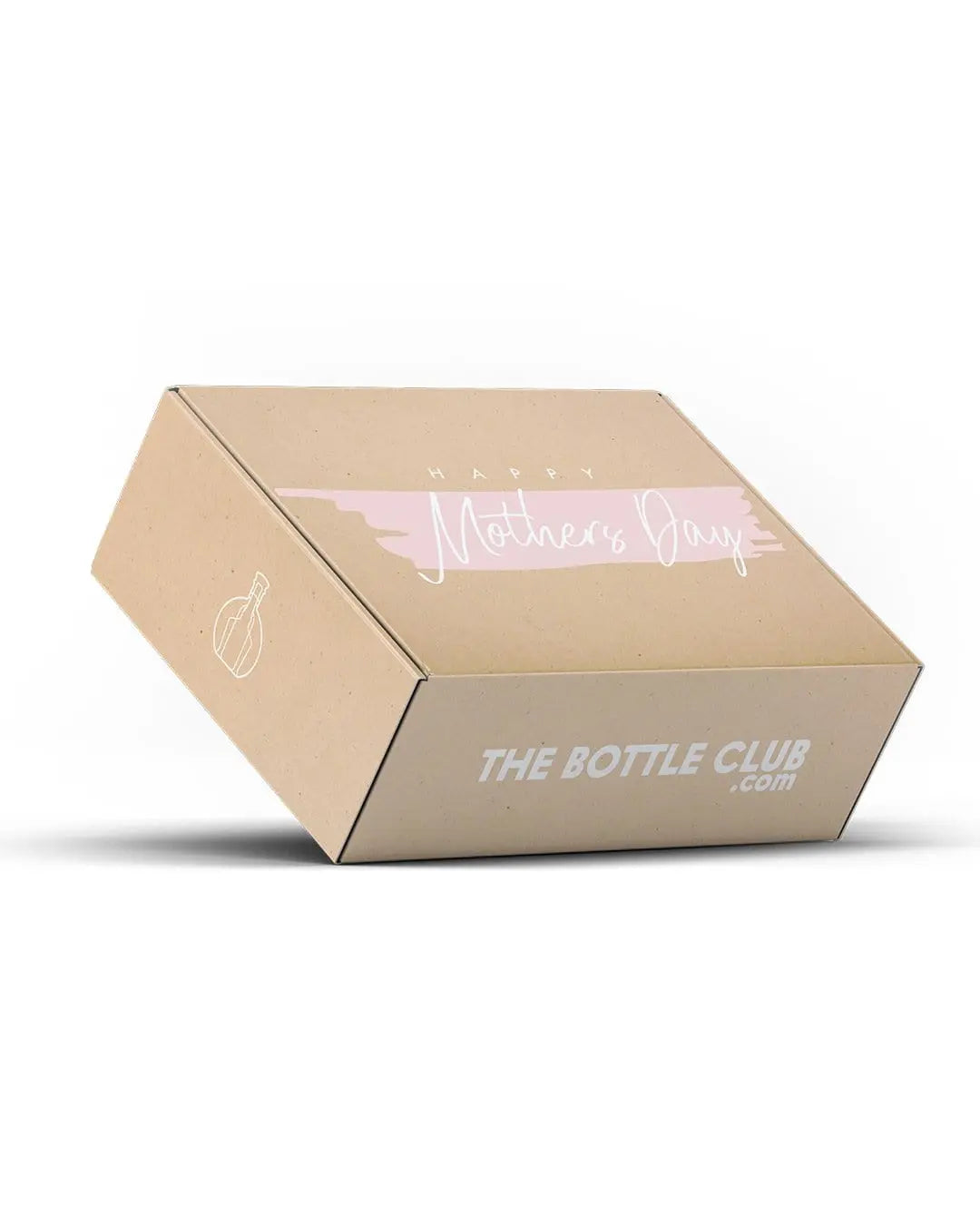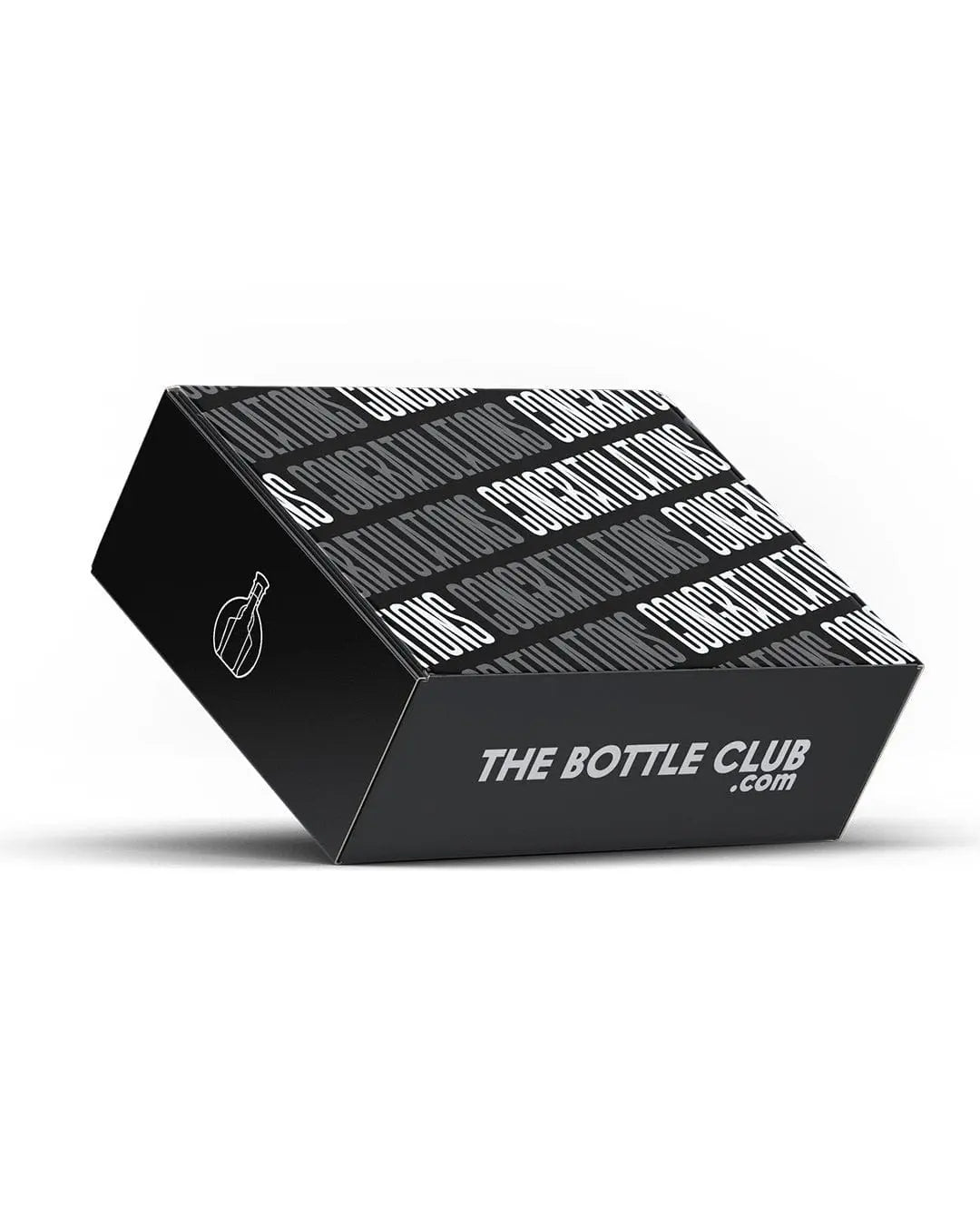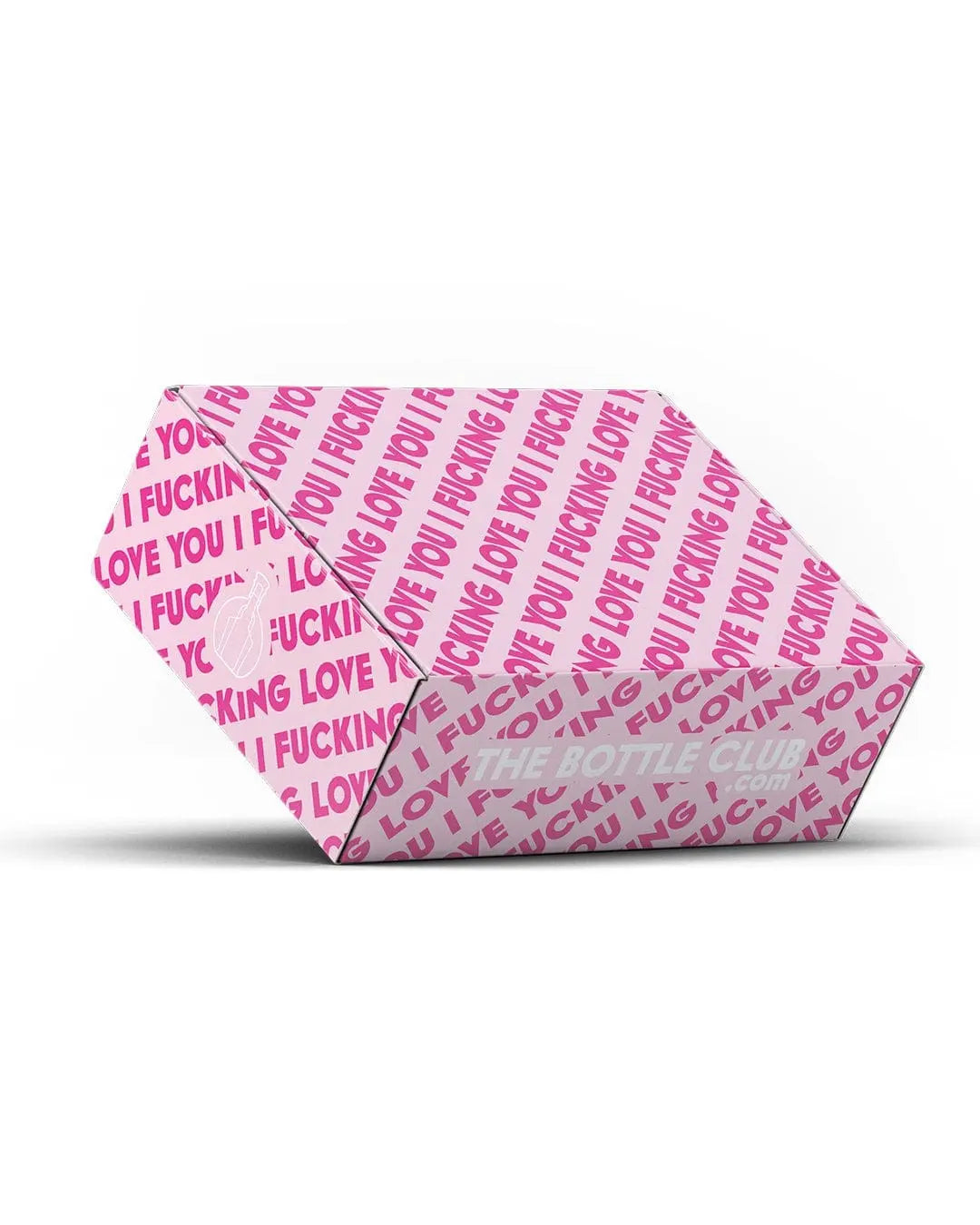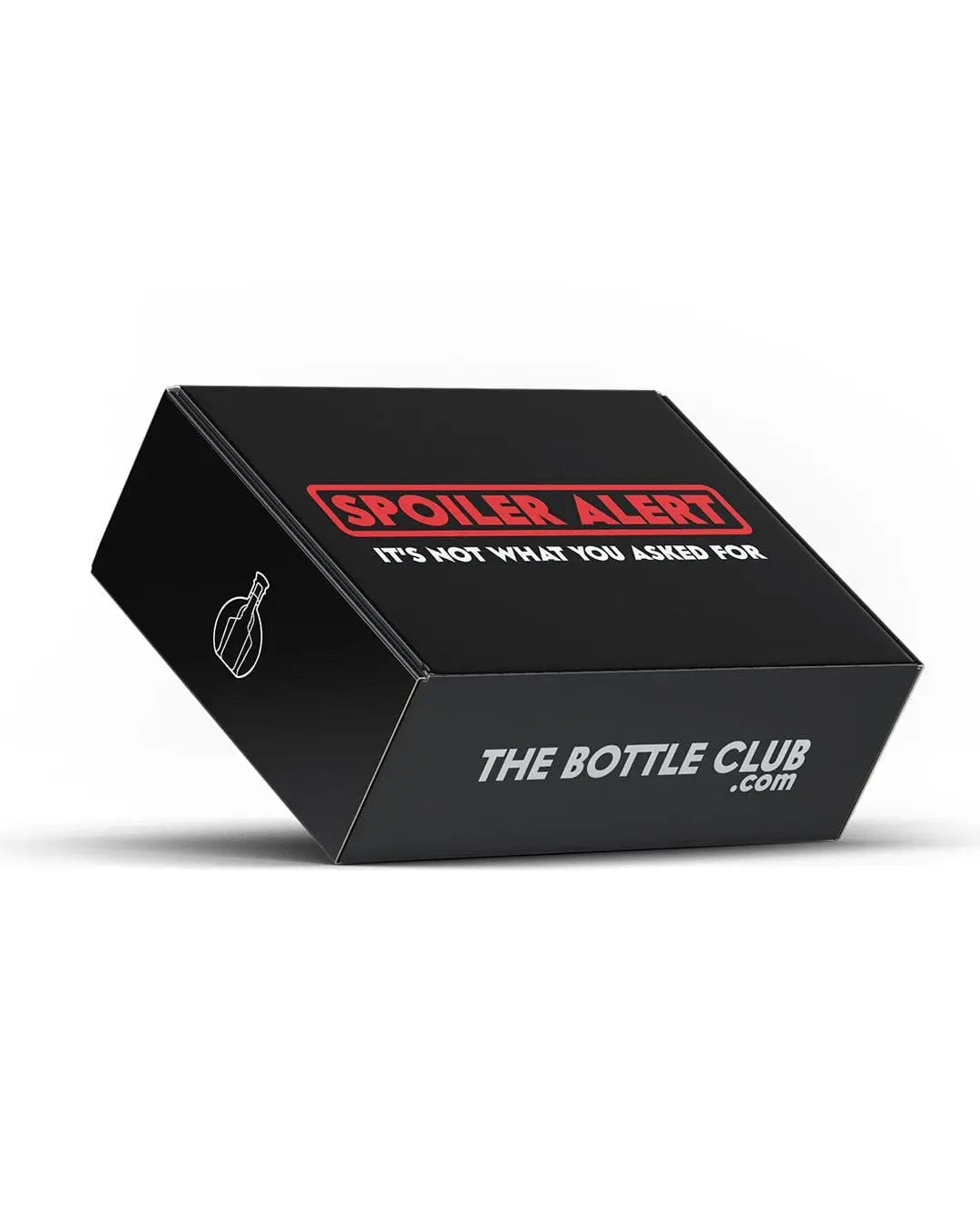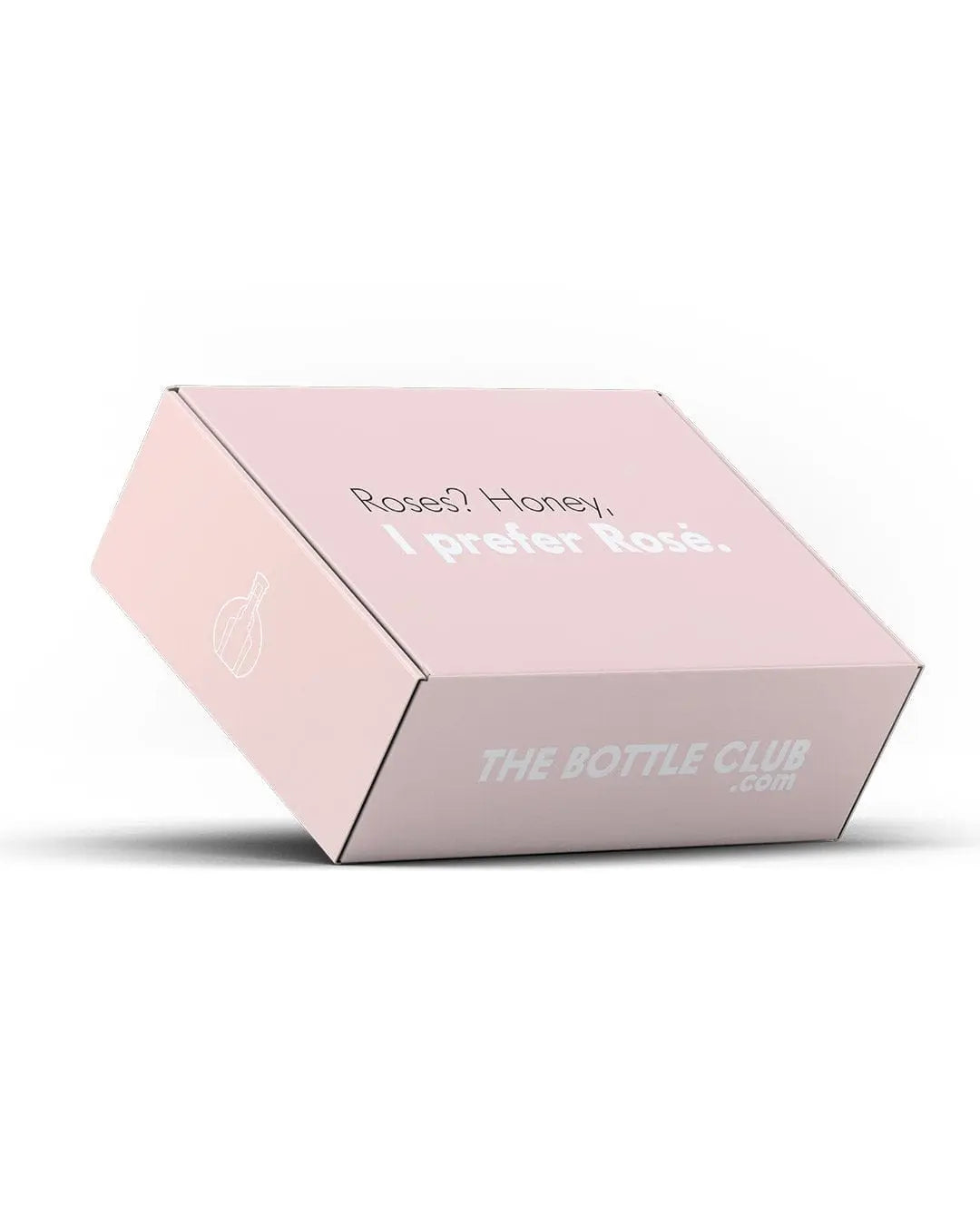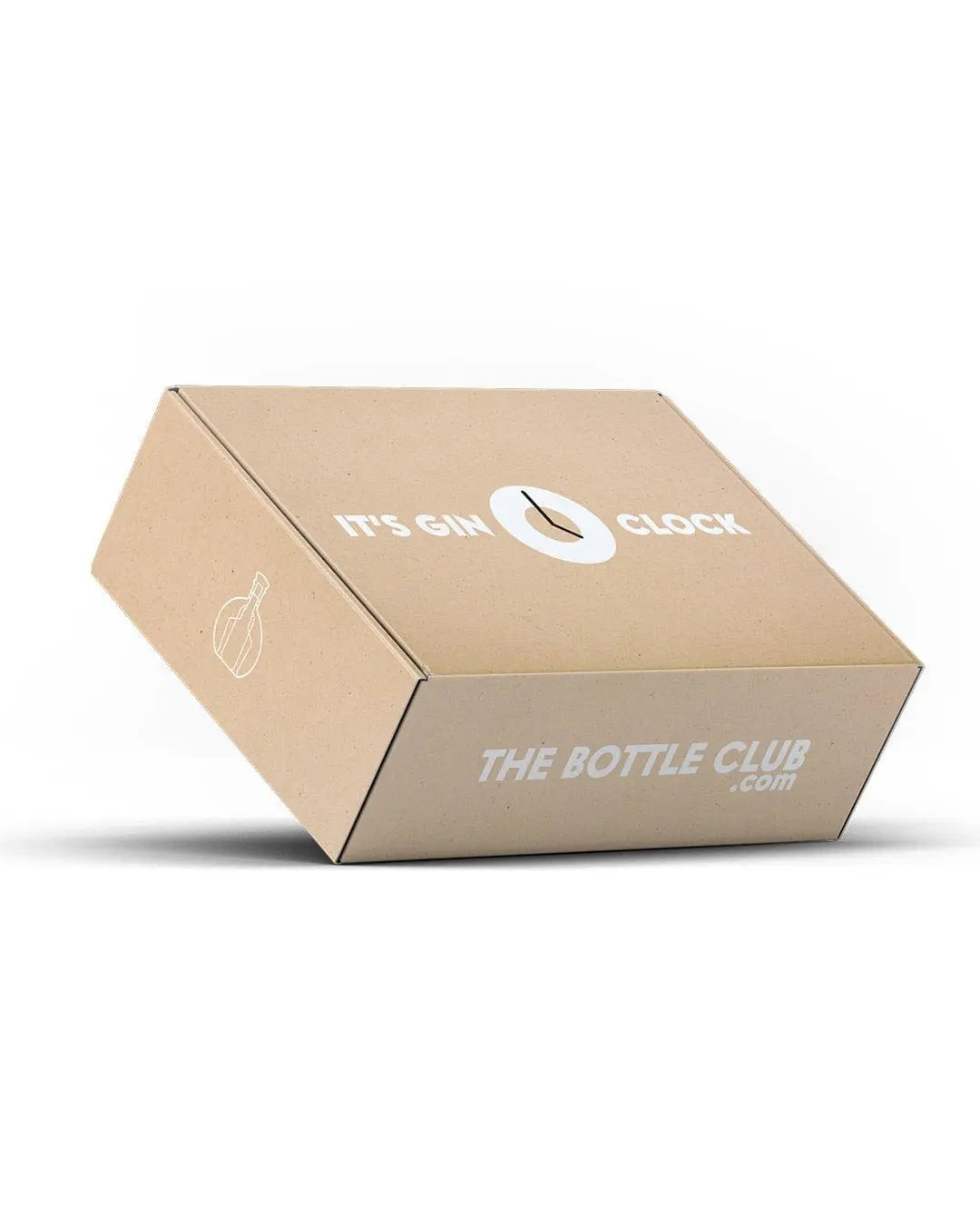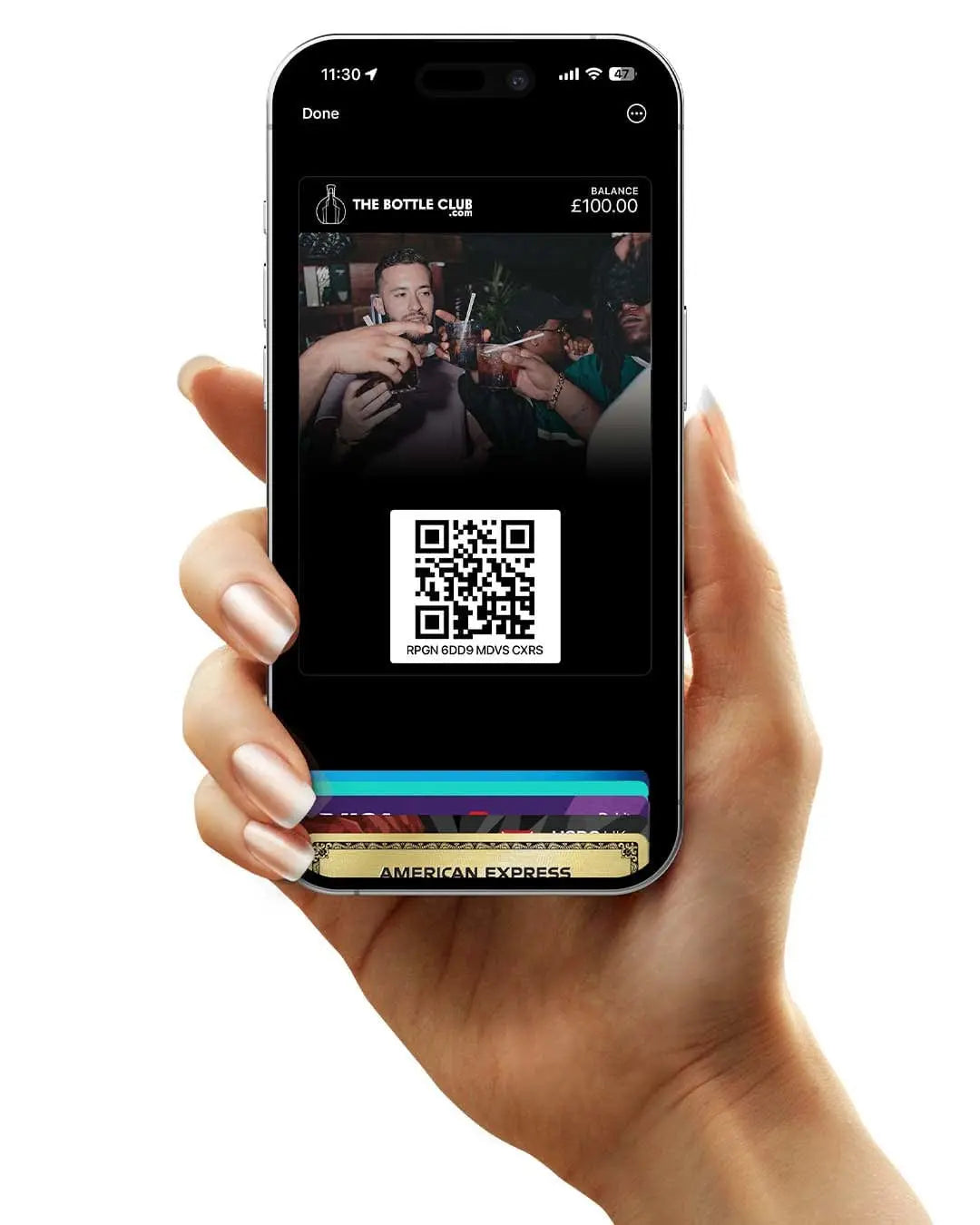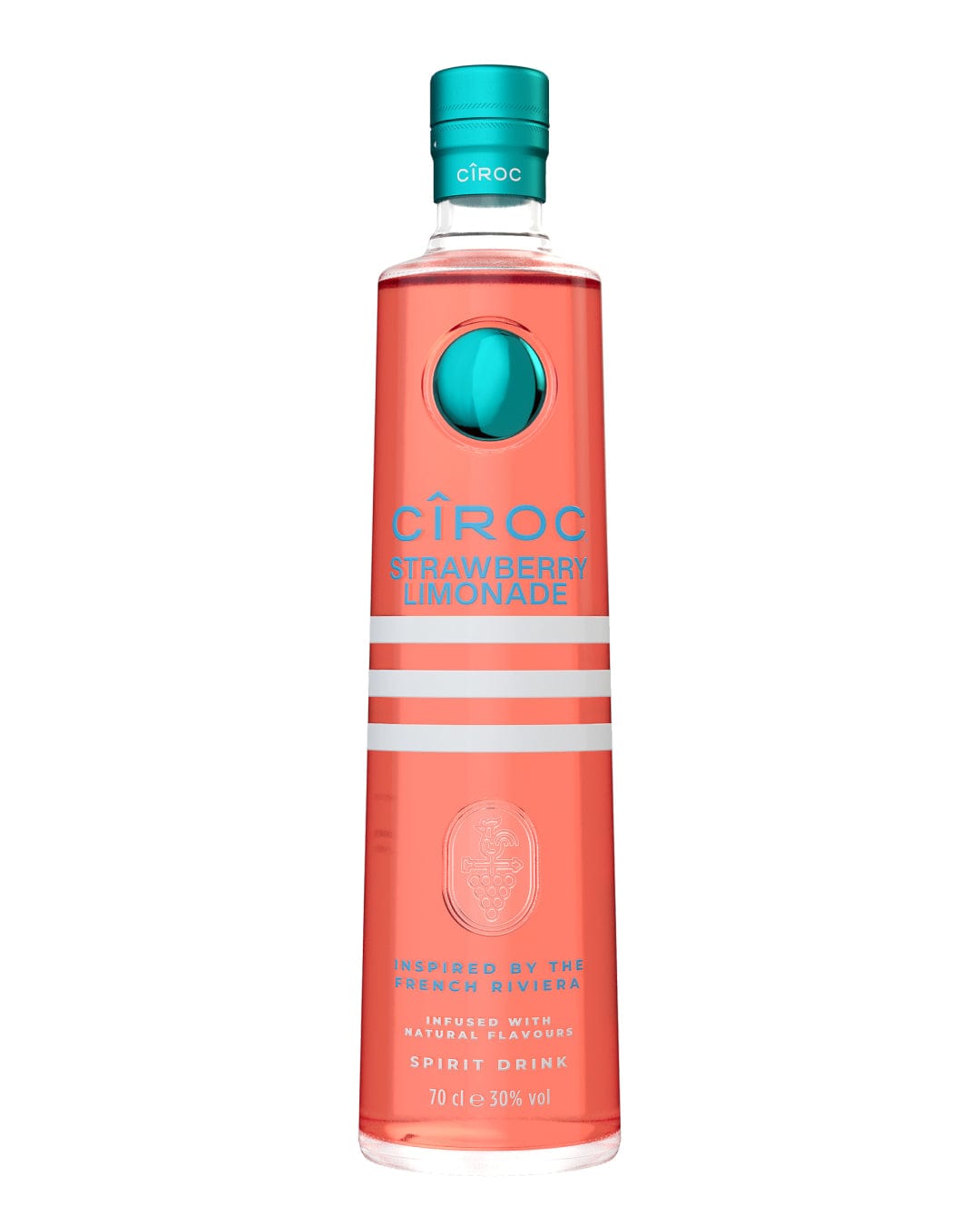
CHAMPAGNE
Legendary Labels
Shop authentic champagne from revered brands like Dom Perignon, Moët & Chandon, Bollinger, Veuve Clicquot, Laurent-Perrier, and many more. Celebrate successes, mark milestones, or raise a glass to absent friends. Champagne is what we drink at all of life’s big moments, so find your favourite brand, sample the latest vintage, or try something new when you buy champagne from The Bottle Club.
Shop by Vintage
Lorem ipsum dolor sit amet, consectetur adipiscing elit. Curabitur dui nulla, gravida non finibus vel, accumsan ut mi. Aenean non faucibus turpis. Ut vel cursus lacus. Aliquam erat volutpat. Maecenas vestibulum sapien vulputate, posuere orci varius, posuere lorem.
Just Dropped: Champagne's Fresh Faces
Order champagne online from the Champagne region’s world-famous vineyards, or browse our collection of sparkling wines for a delicious alternative. Get free delivery on orders over £99.
Finesse your Champagne Cocktails
Mix it, shake it, make it pop. These champagne cocktail recipes are your key to turning a simple evening into an insta-worthy event
FAQs Section
The key difference between champagne and sparkling wine is that champagne can only be given that name if it’s produced in the Champagne region of France. Champagne is a type of sparkling wine. An easy way to remember the difference is that all champagne is sparkling wine, but not all sparkling wine is champagne.
Champagne is produced in the Champagne region of France, which is located around 100 miles to the east of Paris. When you buy champagne online from The Bottle Club, you’ll be purchasing a drink that’s been produced in this 34,300 hectare area. The French Appellation d’Origine Contrôlée (AOC) states that only grapes from this region can be used in the production of authentic champagne - wines produced elsewhere, even across the border of the Champagne region, are simply French sparkling wines.
When you order champagne online, it will have started life in the revered region of France, where it will have been produced using the following key steps:
1. Harvesting - grapes from the celebrated Champagne region are harvested, usually between August and October
2. First fermentation - over the next few months, the grapes are fermented in order to draw out all of their natural sugar, creating a still wine
3. Assemblage - at the start of spring, this still wine is combined with reserve wines to create the base for the champagne
4. Second fermentation - yeast and sugar are then added to the liquid. It is bottled, sealed and placed in a cellar to ferment slowly. This stage of the process leads to the production of alcohol and carbon dioxide
5. Ageing - the liquid is left in the cellar to age for several years. The exact length of time will vary among different champagne producers
6. Riddling - the bottle is eventually placed upside down in a rack at a 75-degree angle - a method perfected by Madame Veuve Clicquot herself. The bottle is given an eighth of a turn each day to encourage the dead yeast cells to gather in the bottleneck
7. Disgorging - the bottle remains upside down, while the neck is frozen. This freezes the dead yeast cells in a block of frozen wine. The carbon dioxide in the bottle forces this out in a process known as disgorging. All that remains in the bottle will be clear champagne
8. Bottling - the champagne is then bottled, before being corked to seal the pressure and bubbles inside
When you buy champagne in a standard-sized bottle, it will contain 75cl of liquid, which equates to six glasses - an ideal amount to celebrate with a group of friends.
For big celebrations and seriously special occasions, you can also buy a magnum of champagne. ‘Magnum’ comes from the Latin for ‘great’, with these larger bottles double the size of a standard bottle, containing 1.5 litres of liquid - enough for 12 glasses.
Champagne is also available in half bottles, which contain 37.5cl of liquid, as well as 20cl mini bottles.
Each variety of champagne will have its own unique taste, but there are some common flavours that all champagnes typically share, including peach, citrus fruits, apple, cherry, almond, and nutty notes. Every single champagne will be slightly different in terms of taste, texture, aroma and fizziness. Place your champagne order online to try different varieties and find your signature celebratory drink.
When you’re looking to buy champagne, you’ll often see the word ‘brut’. ‘Brut’ translates to ‘raw’ in French, and is used to describe dry, unrefined varieties of champagne. This refers to the taste, as well as the way the champagne has been made. Brut champagne has to be made with fewer than 12 grams of sugar per litre of liquid to be placed in this category.
There’s no doubt that the distinctive pop! of a champagne cork is a real thrill - it’s often the soundtrack to life’s most memorable moments. But not everyone believes it’s a necessary sound. Purists say you should pull the cork out gently, creating a sound that sounds almost like a breath.
Before drinking, make sure the champagne has been chilled to a temperature of 8 to 10°C. Achieve this temperature by chilling it in an ice bucket for 20 to 30 minutes before serving.
The right champagne glass is part of the drinking experience. First and foremost, make sure you’re using sparklingly clean glassware, as this will enhance the effect of the tiniest bubbles at the bottom of the glass, for fizz with every mouthful.
The long shape of champagne flutes provides the ideal conditions for preserving the drink’s bubbles, keeping your fizz fizzy for longer. However, purists believe that the only way to drink champagne is from a coupe. It’s said that these saucer-shaped glasses were inspired by the breast of Marie-Antoinette in the 18th century. But this is merely a legend, as this style of glass was in fact designed in 1663, and precedes the invention of champagne itself. Despite this, a coupe is still a wonderfully sophisticated way to drink champagne - let them drink fizz!
Pink champagne or rosé champagne gets its name from its colour. The pretty pink hue of rosé champagne comes from the colour of the grapes that are used in its production. Black grape varieties such as Pinot Noir are used to make pink champagne, with their skin turning the champagne blush-coloured.
It doesn’t get much more sophisticated than a champagne cocktail, evoking images of the Jazz Age old Hollywood glamour. Throw a party to rival Jay Gatsby with some of our favourite champagne cocktail recipes:
Buy champagne online to get all your entertaining essentials delivered direct to your door. Stock up on mixers, cocktail glasses and maybe even a new shaker at the same time, so you’re always party-ready at a moment’s notice.
Vintage champagne is champagne that’s been made using grapes from just one year. This means it can be labelled with the stamp of a particular year. In contrast, non-vintage champagne can be made using a blend of grapes from multiple years, so won’t be labelled with a specific year.
Some of the best vintages from recent years include 2002, 2012, 2013 and 2014. Treat yourself to a Dom Perignon Vintage 2012 or the Bollinger La Grande Annee 2014.
Unopened champagne should be kept cool, but not chilled - the ideal temperature is around 10 to 13°C. Store it on its side in a dry, dark location if possible - a cellar would be perfect. If champagne is exposed to too much light or heat, this can affect its taste and overall shelf life. Avoid storing champagne upright, as this can lead to the cork shrinking over time, spoiling the bottle.
Once opened, champagne should be stored in the fridge for 3 to 5 days.
Yes, champagne can go off. When you buy champagne, you shouldn’t do so with the view of keeping a bottle indefinitely. Bottles of unopened vintage champagne can usually be kept for 5 to 10 years, with this reducing to 3 to 5 years for non-vintage champagnes.
Once champagne has been opened, oxidation will begin, breaking down the molecules in the liquid, which can turn it sour. Reduce this risk by keeping open champagne in the fridge, and drinking it within 3 to 5 days of uncorking.
Champagne that’s gone bad will no longer pop of fizz, may turn darker in colour, and it will have a slightly sour taste and smell. Look out for the cork turning dry or mouldy too.
Yes, you can buy champagne with low or no alcohol content, so you can still join in a glass of celebratory fizz if you’re not drinking. Among our favourite 0% ABV champagnes is Lyre’s Classico Grande, which has a champagne-like crisp, refreshing palate. Bottega’s White Non-Alcoholic Sparkling Wine is another great option.













